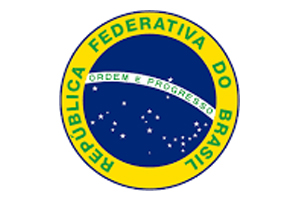Ali A. Abd Al Hassan
Department of Medical Laboratories, College of health and medical techniques, Sawa University, Almuthana, Iraq
Tabarek Salam Abd-Alraoof
Department of Sciences, College of Basic Education, Al Muthanna University, Samawah, Iraq
Zaydoon Hussein Mahdi
Department of Medical Laboratories, College of health and medical techniques, Sawa University, Almuthana, Iraq
ABSTRACT
Objective: This study aimed to investigate the structural and biochemical development of the liver and kidneys in rabbits (Oryctolagus cuniculus) using histological and biochemical methodologies. Laboratory rabbits are widely used in biomedical and medical research, necessitating a thorough understanding of their organ development. Materials and Methods: The study included 30 liver and kidney samples collected at different postnatal ages: 1 day, 8 days, 15 days, 30 days, and 60 days (n=6 per age group). Histological and histochemical analyses were performed, and biochemical parameters were evaluated to assess age-related developmental changes. Results: Histological analysis revealed that the liver was initially encapsulated in a thin capsule, which thickened by 30 and 60 days. The parenchyma comprised radially arranged hepatocytes around a central vein, interspersed by sinusoids and Kupffer cells. Structural dimensions of the liver varied with age. Kidney development showed distinct features, including cortical, midcortical, and juxtamedullary renal corpuscles. The proximal convoluted tubules, lined with cuboidal epithelium and a brush border, were the longest segments. The renal capsule and cortical region initially contained minimal collagen and reticular fibers, which increased with age. Henle’s loops were short at 1 day and in adulthood but elongated during intermediate stages. In adulthood, Bowman’s capsule displayed more prominent collagen fibers and a larger lumen of nephrons. Histochemical analyses demonstrated that the kidney’s brush border reacted positively to PAS, AB, and PAS-AB stains, indicating maturation. Hepatocytes also showed a positive PAS reaction, and renal tubules displayed well-defined basement membranes and cytoplasmic granules. Biochemical analyses revealed significant age-dependent variations in uric acid levels and enzymatic activity. Increased urea load corresponded to reduced filtration capacity, emphasizing the developmental adjustments in renal function. Conclusion: The liver and kidneys undergo significant postnatal development, achieving mature structural and functional characteristics by 60 days of age. These findings provide valuable insights into the organogenesis of Oryctolagus cuniculus, supporting its use in biomedical research and enhancing understanding of renal and hepatic maturation.
Keywords: Developmental Study, Histochemical, Biochemical, Liver, Kidneys.




